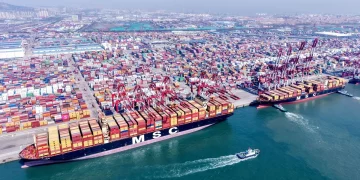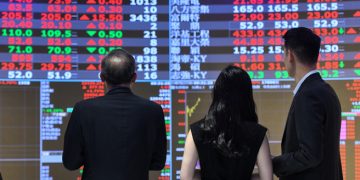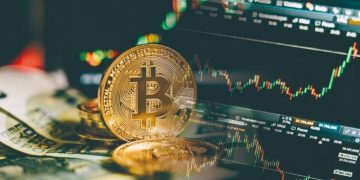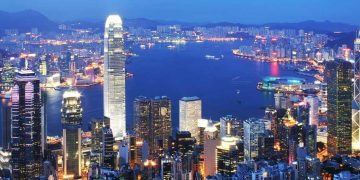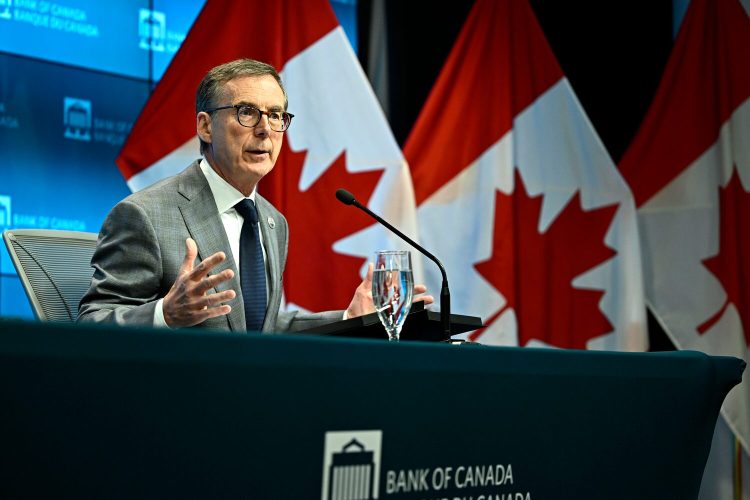The global economy has been on a rollercoaster ride in recent years, with emerging markets at the center of this uncertainty. As the world grapples with volatile trade dynamics, rising inflation rates, and geopolitical tensions, the performance of key emerging economies has taken center stage. Some economies seem poised for a “soft landing,” a gentle economic slowdown where the worst of the storm is weathered without a full-blown recession. Others, however, face a much harsher reality, where persistent challenges may lead to harder truths about their economic stability and long-term growth prospects.
As we stand on the brink of a new era for the global economy, it’s crucial to assess the state of emerging markets. Are they on track to recover or facing a steep decline? Will these nations seize new opportunities arising from shifting investment trends, or will they continue to struggle under the weight of structural challenges? This article will explore the performance of key emerging markets, the impact of global trade tensions, opportunities arising from new economic dynamics, and strategies for resilience in the face of an uncertain future.
Performance Overview of Key Emerging Markets
Emerging markets have always been seen as the growth engines of the global economy, but recent years have highlighted both their vulnerabilities and their resilience. A closer look at the performance of key emerging economies provides valuable insights into the broader trends shaping the global landscape.
China, the world’s second-largest economy, has long been a key player in the emerging markets space. However, its economic growth has slowed significantly, primarily due to its ongoing trade dispute with the United States, which has disrupted supply chains, raised tariffs, and reduced demand for Chinese goods abroad. Additionally, the Chinese economy is grappling with domestic challenges, including an aging population, debt concerns, and structural imbalances in the real estate sector. Despite these challenges, China remains a dominant force in global trade, and its shift towards a more consumption-driven economy may provide long-term growth opportunities, though these changes will likely take time to fully materialize.
India, on the other hand, has continued to show promise, with strong growth driven by its large domestic market and a growing middle class. India’s economic trajectory is supported by its tech and services sectors, which have become global powerhouses. However, India faces significant infrastructure bottlenecks, regulatory challenges, and high inflation, all of which pose threats to its economic stability. Additionally, its external trade environment has been hampered by global trade tensions and rising protectionism, particularly in the context of its relations with China and the United States.
In Latin America, countries like Brazil and Mexico have faced a complex set of challenges. Brazil, once seen as a rising economic star, has struggled with political instability, corruption scandals, and declining commodity prices, all of which have hindered its growth potential. Mexico, while benefiting from its proximity to the United States and its integration into trade agreements like the USMCA, has been impacted by global trade disruptions, especially in the automotive and agricultural sectors. The region, however, is beginning to see signs of recovery as countries adapt to the new economic order and explore opportunities for diversification.
Africa, which represents a rapidly growing market with an expanding youth population, is another region worth examining. Nigeria and South Africa are two of the largest economies on the continent, but both face significant challenges. South Africa’s sluggish economic growth is compounded by political instability and high unemployment rates, while Nigeria continues to deal with oil price volatility and insecurity. Nonetheless, the region offers significant potential, particularly in sectors like renewable energy, agriculture, and technology, with several countries positioning themselves as emerging hubs for investment and innovation.
Challenges Posed by Global Trade Tensions
Trade tensions, particularly between the US and China, have disrupted established global supply chains and increased uncertainty for emerging markets. As tariffs and protectionist measures continue to rise, emerging economies are caught in the crossfire, facing reduced export opportunities, higher production costs, and greater volatility in currency and commodity markets.
For many emerging economies, the trade war between the US and China has created a double-edged sword. On one hand, some nations in Southeast Asia, such as Vietnam and Indonesia, have benefited from the shift in supply chains as companies look to diversify production outside of China. This trend has spurred foreign direct investment (FDI) in these countries, providing a temporary economic boost. On the other hand, countries that rely heavily on trade with China, such as Africa and Latin America, have been adversely affected by the contraction in Chinese demand for raw materials and finished goods.

Global trade tensions have also had significant effects on the cost of goods. With tariffs on many Chinese products, the prices of goods in emerging markets have risen, leading to inflationary pressures. This has been particularly challenging for countries that rely on imports for key goods and services, such as India and Turkey, where inflation has spiraled in recent years.
Another challenge posed by global trade tensions is the ongoing uncertainty surrounding the future of multilateral trade agreements. The World Trade Organization (WTO) has become increasingly irrelevant as countries pursue bilateral and regional trade deals, further fragmenting global trade. For emerging markets, navigating this increasingly complex landscape of trade agreements is no easy feat. Countries must make strategic decisions about which markets to prioritize and how to balance their global alliances to maintain economic stability.
Opportunities Arising from Shifting Investment Landscapes
Despite the challenges posed by global trade tensions, there are significant opportunities for emerging markets to capitalize on shifting investment trends. One of the key opportunities lies in the growing demand for sustainable investments. As the world transitions towards a green economy, emerging markets with abundant natural resources and a growing focus on clean energy are in a prime position to attract investment.
Africa, for example, has seen growing interest in renewable energy projects, with countries like Kenya and Morocco becoming leaders in solar and wind energy development. Similarly, Latin America is positioning itself as a key player in sustainable agriculture, leveraging its vast agricultural resources to meet global demand for food while addressing the challenges of climate change.
The rise of digital economies presents another significant opportunity for emerging markets. With the global shift towards digitalization, emerging economies with young, tech-savvy populations are well-positioned to benefit from the growing demand for digital services. India and Nigeria are already seeing the benefits of a burgeoning tech startup ecosystem, and many other emerging markets are beginning to follow suit. This trend offers the potential for economic diversification and growth, as digital platforms and services become increasingly integrated into everyday life.
The ongoing shift towards China’s Belt and Road Initiative (BRI) also provides new avenues for infrastructure investment and development in emerging markets. Through the BRI, China is investing heavily in infrastructure projects across Asia, Africa, and Europe, helping to modernize transportation networks, energy grids, and digital infrastructure. While the BRI has faced criticism for creating debt dependency, it also presents an opportunity for emerging economies to modernize their infrastructure, which can drive long-term economic growth.
Strategies for Resilience and Sustainable Growth
As emerging markets face increasing global uncertainty, resilience will be the key to thriving in this environment. The ability to adapt to changing global dynamics and build robust economic systems will determine the success of these economies in the coming years.
First, diversification will be essential for emerging economies looking to build sustainable growth. By reducing reliance on a single industry—whether it’s oil, agriculture, or manufacturing—countries can weather economic downturns and protect themselves from global shocks. Diversifying trade partnerships and tapping into new markets will also be crucial, as reliance on a limited set of trading partners makes economies more vulnerable to disruptions.
Second, structural reforms are needed to address long-standing economic weaknesses. This includes improving governance, reducing corruption, enhancing the rule of law, and investing in education and infrastructure. These reforms can help build investor confidence, increase productivity, and ensure that economic growth benefits all citizens, rather than just a small elite.
Finally, emerging economies must prioritize sustainability. As the world increasingly focuses on climate change and environmental preservation, countries that adopt sustainable practices will be well-positioned to attract investment. This could involve investing in green technologies, protecting natural resources, and promoting sustainable agricultural practices, all of which will help ensure long-term economic stability.
Conclusion
The global economy stands at a crossroads, and emerging markets are facing both unprecedented challenges and exciting opportunities. Whether they experience a soft landing or face the hard truth of economic instability will depend on their ability to adapt to shifting investment landscapes, address trade tensions, and implement sustainable growth strategies. By seizing opportunities in the digital economy, renewable energy, and infrastructure development, and by diversifying their economies, emerging markets can chart a path toward long-term resilience and prosperity.



